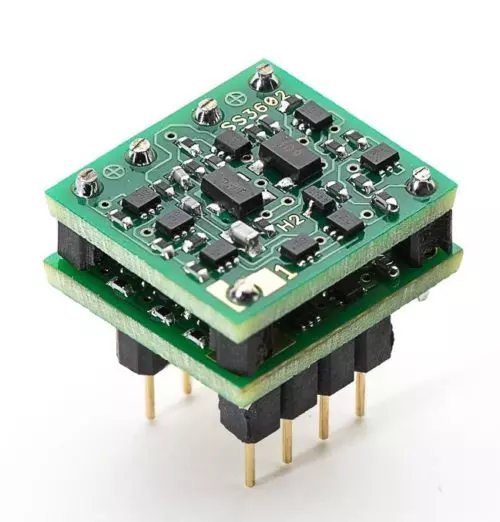In the review of the Fosi V3 (Fosi Audio V3 Amplifier Review), Amir wrote “There are replaceable op-amps for those of you who have nothing better to do than mess with the design.” For those who want to do just that, it is difficult selecting which op amps to “roll with”.
Both the Fosi V3 and the Aiyima 07Max (and now Fosi ZA3) use NE5532 chips. Perhaps the first move is to drop in a chip from the same series but with a higher specification, and, as suggested in other threads elsewhere, purchased from Mouser or Digi-Key.
Moving on, there are many DIP-8 op amps to choose from, although many from Texas Instruments in this particular packaging are now marked as “End of Life”. As ASR thrives on numbers, what are the most suitable op amps to drop in as replacements for the NE5532, based purely on the specification sheets?
Texas Instruments identifies op amps considered suitable for audio applications: see https://www.ti.com/amplifier-circuit/op-amps/audio/products.html#. This list shows 71 products, with 14 chips in the DIP-8 package. Other forums provide additional suggestions, and the Mouser database provides yet more possibilities.
File 1 (attached) provides a list of possible drop in replacements for the NE5532, where the pin-out and supply voltages are compatible. Measurements such as THD + Noise and CMRR are high on the list and other measurements such as overshoot and settling time may be important for audio applications.
It is also important not to use an op amp that has high gain and/or classified as high speed, as this may lead to ringing and possibly the overall amplifier itself becoming unstable.
File 2 (attached) provides a rough “order of merit” under each of the parameter headings from File 1. The figures suggest the chips to start with would be the LM4562NA/NOPB and LME49720NA/NOPB.
One surprise from this list is the lack of entries for the MUSES01 and MUSES02 chips; MUSES03 is not included as it is a single channel chip and not a drop in replacement for the NE5532.
Finding “the right op amp” is not easy. Any advice on what to look for in the specification sheets will be much appreciated.
Both the Fosi V3 and the Aiyima 07Max (and now Fosi ZA3) use NE5532 chips. Perhaps the first move is to drop in a chip from the same series but with a higher specification, and, as suggested in other threads elsewhere, purchased from Mouser or Digi-Key.
Moving on, there are many DIP-8 op amps to choose from, although many from Texas Instruments in this particular packaging are now marked as “End of Life”. As ASR thrives on numbers, what are the most suitable op amps to drop in as replacements for the NE5532, based purely on the specification sheets?
Texas Instruments identifies op amps considered suitable for audio applications: see https://www.ti.com/amplifier-circuit/op-amps/audio/products.html#. This list shows 71 products, with 14 chips in the DIP-8 package. Other forums provide additional suggestions, and the Mouser database provides yet more possibilities.
File 1 (attached) provides a list of possible drop in replacements for the NE5532, where the pin-out and supply voltages are compatible. Measurements such as THD + Noise and CMRR are high on the list and other measurements such as overshoot and settling time may be important for audio applications.
It is also important not to use an op amp that has high gain and/or classified as high speed, as this may lead to ringing and possibly the overall amplifier itself becoming unstable.
File 2 (attached) provides a rough “order of merit” under each of the parameter headings from File 1. The figures suggest the chips to start with would be the LM4562NA/NOPB and LME49720NA/NOPB.
One surprise from this list is the lack of entries for the MUSES01 and MUSES02 chips; MUSES03 is not included as it is a single channel chip and not a drop in replacement for the NE5532.
Finding “the right op amp” is not easy. Any advice on what to look for in the specification sheets will be much appreciated.



